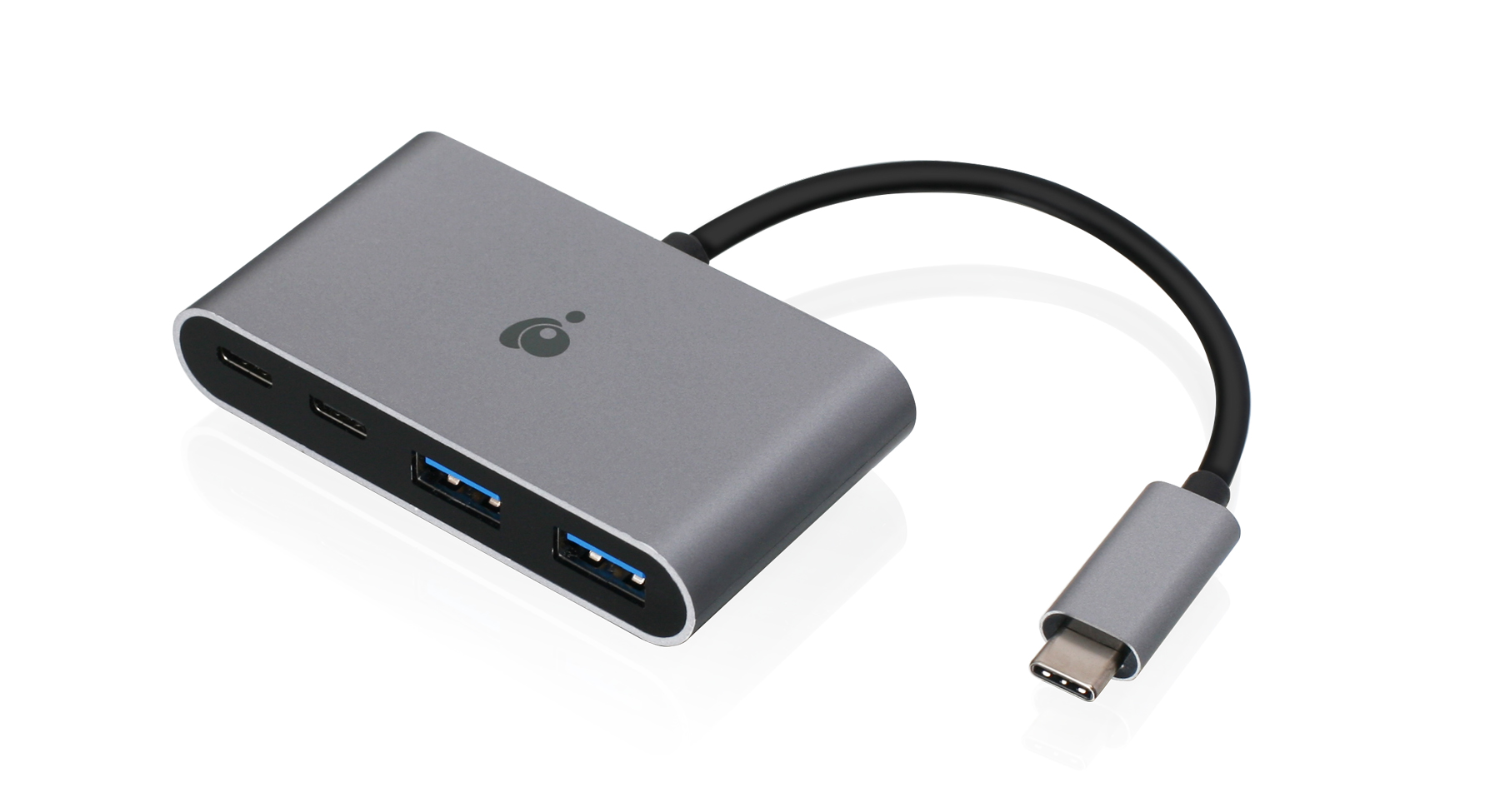100w Usb Power Delivery
Rating:(4.5 out of 5 stars)Reviews:Product Name:AUKEY USB C Hub 7 in 1 Type C Hub with 3 USB 3.0 Ports, SD/TF Card Reader, 4K USB C to HDMI and USB-C Power Delivery USB C Adapter for MacBook Pro, Dell XPS 15, Google Chromebook Pixel and MoreProduct Description:This fits your. Fast Data Transfer: Three USB 3.1 Gen 1 (USB 3.0) ports and SD & micro SD card slots all support data transfer rates up to 5Gbps. Transfer an HD movie in seconds. Ultra HD Video: HDMI port outputs resolutions up to 4K@30Hz to a connected display. Convenient Charging: The 100W USB Power Delivery port keeps your MacBook or other compatible USB-C PD laptop or phone fully charged (using your device’s original power adapter) while you’re using all the other functions of the hub.
Usb Power Delivery

Premium Design: Fashioned from strong & lightweight aluminum alloy, this hub is both attractive and practical. Package Contents: AUKEY CB-C68 Link PD USB-C Hub, Carrying Pouch, User Manual, 45-Day Money Back Guarantee and 24-Month Product Replacement Warranty Card.Model Number:NotAvailableProduct SKU:B07J62G3JG.
Quotefrom Agmeister:Is 4k @30hz that bad? I'm tempted at the price but wondering if it'll matter that much since I'm mostly doing office work with some YouTube. You will definitely notice the ghosting when you move your mouse or dragging a page across the screen.
I am a firm believer that people can't tell the difference between 100hz, 120hz and 144hz. 99.999% of the time are the guys who thought they compete 'professionally' and swear they can tell are just guys who play a lot of games.;-).
One of the downsides of USB is the relatively limited amount of power that can be transmitted through the cables. USB 2.0 only allowed for a 500 mA load if the device is also transmitting data, while USB 3.0 set the upper limit at 900 mA. Both standards can handle up to 1.5 amps strictly for charging purposes, but not while data is being transmitted. This puts a sharp upper limit on the types of devices that can be powered off USB 3.0 ports — or, at least it used to.Now, Renesas has demoed the first example of, which it hopes to begin commercializing next year. The company has demoed an FPGA version of a USB 3.0 hub powering a system board and hard drive. The drive in question was a standard desktop 3.5-inch drive, which typically draws more current than a standard USB port can provide while maintaining data transfer. USB Power Delivery (PD), will provide up to 100W power at 20V — more than enough to power monitors, external graphics cards, drive arrays, and other hardware without independent power cables and AC adapters.
More than that, however, the spec is designed to provide a more flexible solution for moving power between devices. Power can flow in either direction — a laptop could, for example, be powered directly by its external display. USB PD allows devices to adjust their own power consumption — a compatible device might charge at one rate, drop down to a lower charge rate while transmitting data, and then step back up to full, flawlessly.The hubs are also designed to be flexible at the port level, meaning you can plug a variety of devices into the system without worrying about one product burning out the rest of the devices. Hook up a laptop and an iPhone, in other words, and your iPhone won’t get zapped by the laptop’s far higher power draw.
AUKEY Direct via Amazon has AUKEY 7-in-1 USB C Hub w/ 100W Power Delivery on sale for $49.99 - $25 w/ promotion code H4AOH42C = $24.79. Shipping is free. Thanks iconian Alternatively, A. USB Type-C TM & Power Delivery overview Industry's most complete portfolio of USB Type-C & Power Delivery products Our extensive USB Type-C™ portfolio offers the flexibility and integration required to design and implement products compatible with the latest standards.
The idea is to create a flexible standard for future USB devices, in which USB can power virtually anything from virtually any source. USB PD will be included in USB 3.1, which means it should debut along with and with full backwards compatibility with older devices. While current chips are being emulated in FPGA, we could see shipping silicon by 2015.
Much depends on how quickly motherboard manufacturers move to offer the technology — it’ll be several years before we see the function integrated at the chipset level by the likes of Intel or AMD.Update: An earlier version of this story claimed this was the first demo of USB PD technology. The first demo boards for USB PD were actually built by, which has shipped early test boards to multiple customers.Now read.